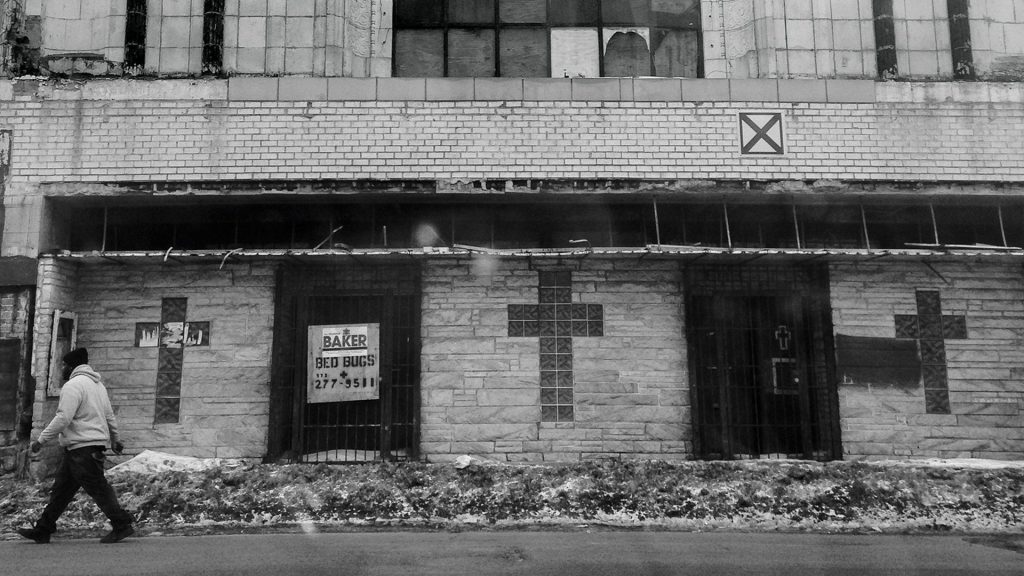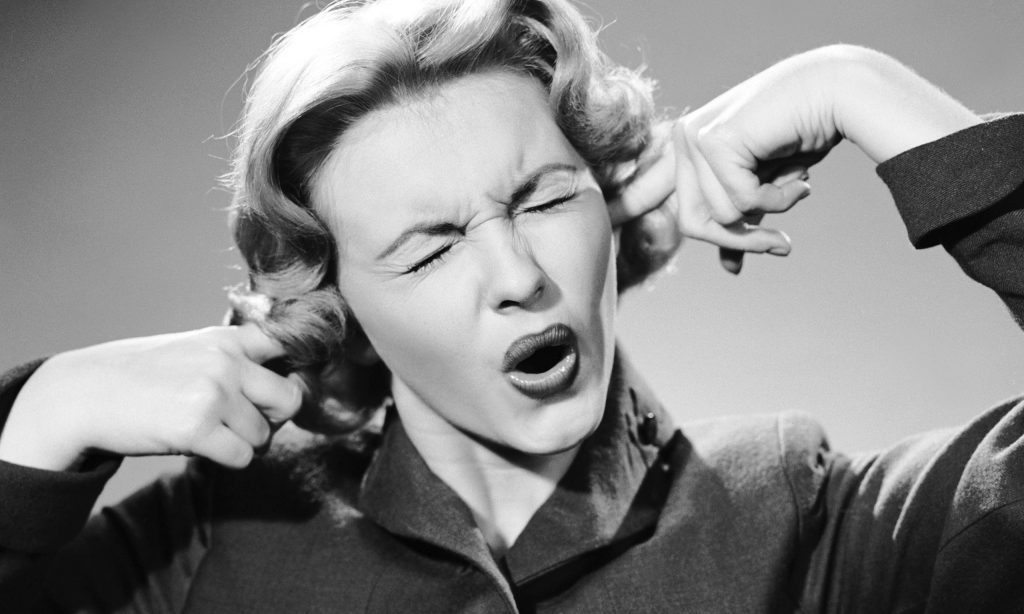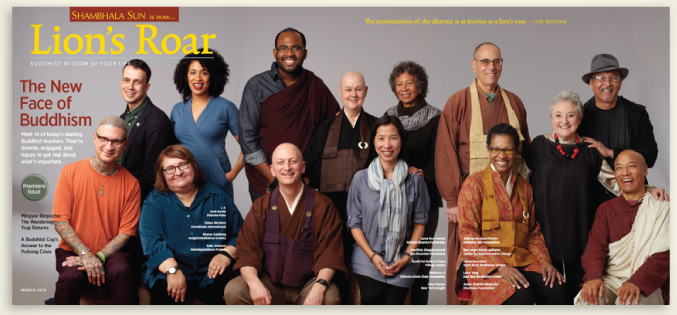Besides Money
One more bow to Tsu-Yin for this image, which she found in a magazine during her “visa run” to Cambodia.
Not Exactly Mundane
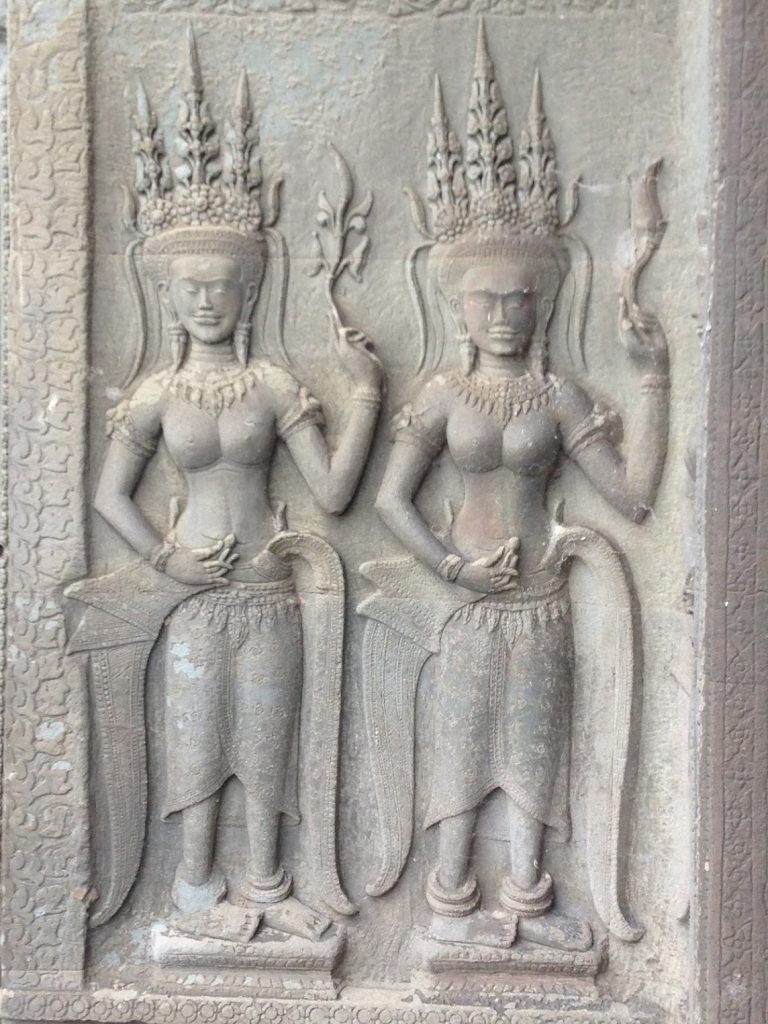 Last night I got a great email from one of my CDL (Community Dharma Leader) colleagues, Tsu-Yin, who has been practicing at various monasteries in Burma and Thailand for the past year. She included a link to some of her photos and a “Record of Mundane Thoughts” — notes to herself that she kept over much of that time (quite a lot of which was spent at U Tejaniya’s monastery where I stayed for a couple of weeks back in 2014).
Last night I got a great email from one of my CDL (Community Dharma Leader) colleagues, Tsu-Yin, who has been practicing at various monasteries in Burma and Thailand for the past year. She included a link to some of her photos and a “Record of Mundane Thoughts” — notes to herself that she kept over much of that time (quite a lot of which was spent at U Tejaniya’s monastery where I stayed for a couple of weeks back in 2014).
So reading it was quite a sweet little memory trip for me and an inspiration, too, as I start to prepare for my 2-month retreat at Spirit Rock (Jan 28-Mar 25).
With deep bows to Tsu-Yin, here are just a few of her not-exactly-mundane “Mundane Thoughts”:
* Enjoyment and agitation are opposite ends of the same stick. Think you can take only the delightful and leave the hideous? Impossible! You pick up the stick, you’re stuck with both. You must put down the stick. GO BEYOND THE STICK.
* Happiness —> Concentration
* Good news is that when we keep still, samadhi comes on its own, because it was never something outside of us. Can’t even go out and buy it in a store– it’s free!
* Everything is part of waking up. Every act without attachment. But you wake up at the speed you wake up. Recognize that, and you’re golden.
* Is Row Row Row Your Boat some sort of Song of Enlightenment?! I can’t be the first to have wondered this.
***
Sadhu. Sadhu. Sadhu.
Until We Reckon
My “Waking Up White” dharma consult group meets again tonight by Skype. It’s one of more than a dozen such groups (made up of white dharma practitioners) that were formed — entirely voluntarily — as an outgrowth of the work the entire (very diverse) Community Dharma Leader group has been doing to recognize — and undo — the systemic racism we’re all a part of, simply as a result of having lived in this country. The CDL program has had a profound effect on the way I understand my place/role in the world — not just the dharma world — and I think the most dramatic effect has come from the study and discussion work I’ve done in this small “Waking Up White” group.
The materials we have been using were originally put together by a group of practitioners (all white) from the East Bay Sangha in Oakland, CA. They include a wide range of books, articles, videos, etc., but the one that really woke me up was written by Ta-Nehisi Coates, titled: The Case for Reparations. (from The Atlantic magazine, 2015)
From the intro: Two hundred fifty years of slavery. Ninety years of Jim Crow. Sixty years of separate but equal. Thirty-five years of racist housing policy. Until we reckon with our compounding moral debts, America will never be whole.
Reading that article was important. But it was not just reading it that woke me up. It was reading it after also having read and discussed — with a small group of people I felt safe and comfortable with — all the other materials that were provided (beginning with Waking Up White, by Debby Irving) by the East Bay Sangha in Oakland, CA. And it was reading (and discussing) it within a thoughtful set of guidelines and structure.
All of which is now available for use by other peer-facilitated dharma study groups. This is life-changing — world-changing — work. Interested? Email me here.
This Too Needs to Be Heard
As part of the Community Dharma Leader (CDL) program and the awareness to my own cultural blindness it has opened in me, I’ve started reading more books, articles, newspaper stories, etc. about racism and the experience of being black in this country — Between the World and Me, by Ta-Nehisi Coates and Underground Railroad by Colson Whitehead, for example.
Frankly, it’s been difficult. And painful. And upsetting. But also rewarding.
Then just when I thought I was really being open to the “other,” even congratulating myself on my willingness to listen, to hear the suffering, to see my own contribution to that suffering — I hit the wall at an even more challenging level of habitual “other-ing” in Arlie Hoschschild’s highly acclaimed: Strangers in Their Own Land: Anger and Mourning on the American Right, subtitled “A Journey to the Heart of Our Political Divide.”
This is one book I really, REALLY did not want to read.
But I know that this too needs to be heard.
So I’ve started in. (Thankfully, the writing is beautiful.)
Here’s a quote from the prelude:
“We, on both sides, wrongly image that empathy with the ‘other’ side brings an end to clearheaded analysis when, in truth, it’s on the other side of that bridge that the most important analysis can begin.
“The English language doesn’t give us many words to describe the feeling of reaching out to someone from another world, and of having that interest welcomed. Something of its own kind, mutual, is created. What a gift.
“Gratitude, awe, appreciation; for me, all those words apply and I don’t know which to use. But I think we need a special word, and should hold a place of honor for it, so as to restore what might be a missing key on the English-speaking world’s cultural piano. Our polarization, and the increasing reality that we simply don’t know each other, makes it too easy to settle for dislike and contempt.”
What it Means to Be Free. Truly Free.
 For me as a writer and artist (which I had almost forgotten I was until I heard this man speak about his life — and Buddhism — as an expression of these things), the highlight of the CDL training retreat last week was a visit from Dr. Charles Johnson, the amazing writer, artist, speaker, prize winner, teacher, philosopher….listener!….who I am ashamed to say I had never even heard of before the CDL program.
For me as a writer and artist (which I had almost forgotten I was until I heard this man speak about his life — and Buddhism — as an expression of these things), the highlight of the CDL training retreat last week was a visit from Dr. Charles Johnson, the amazing writer, artist, speaker, prize winner, teacher, philosopher….listener!….who I am ashamed to say I had never even heard of before the CDL program.
To give you just a glimpse of the breath and depth of this man, let me quote from the preface of one of his twenty-two books, Turning the Wheel: Essays on Buddhism and Writing.
“From my parents and grandparents, who were born during America’s century of apartheid, from unrecorded stories I heard told by family and friends, then later from a lifetime of studying black culture, literature, and history, I came to see that if black America has a defining essence (eidos) or meaning that runs threadlike from the colonial era through the post-Civil Rights period, it must be the quest for freedom.
“This particular, eidetic sense of our collective meaning, arising out of historical conditions, and the way the Founding Fathers’ ideal of freedom was inscribed with a special meaning in the souls of black folk, has shaped almost every story, essay, novel, drawing, teleplay, and critical article I’ve composed for the last three and a half decades. No matter whether I was writing about Frederick Douglass or James Weldon Johnson, Booker T. Washington or Harriet Beecher Stowe, Ralph Ellison or Phillis Wheatley, my sense of black life in a predominantly white, very Eurocentric society–a slave state until 1863–was that our unique destiny as a people, our duty to our predecessors who sacrificed so much and for so long, and our dreams of a life of dignity and happiness for our children were tied inextricably to a profound and lifelong meditation on what it means to be free. Truly free.
“….The number of black Dharma practitioners will, I predict, grow significantly in the twenty-first century, particularly among our scholars who want a spiritual practice not based on faith or theism and compatible with the findings of modern science; and also among the groundbreaking, innovative artists and writers whose spirit and sense of adventure cannot be contained by the traditions of the West (which, of course, they appreciate), and who hunger–as I did–to experience the world through and be enriched by as many cultural perspectives as possible. All our human inheritance; and all, like Buddhism, have something valuable we can learn.”
Hope Grows from Action, Not Thought
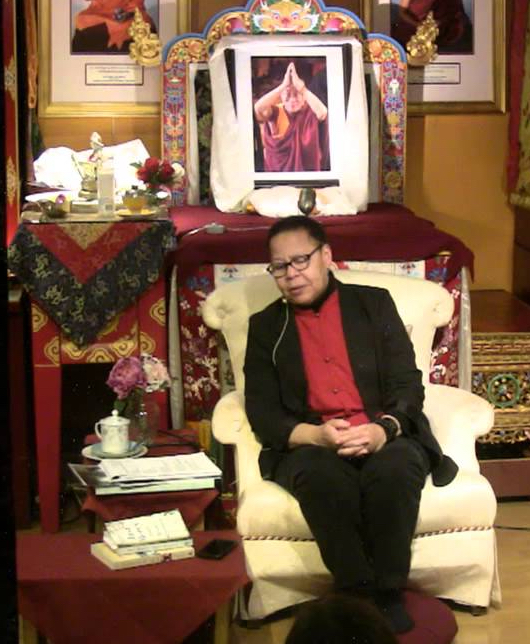 One of the truly inspiring guest teachers at the CDL retreat was Jan Willis, retired Professor of Religion at Wesleyan University and author of Dreaming Me: Black, Baptist, and Buddhist. She talked about growing up in the Jim Crow South, marching with Dr. Martin Luther King, Jr. (whom she calls “that African-American bodhisattva of our time”), and opening to Buddhism as a way to heal the deep wounds of racism. To those who think Activism is not necessarily a part of Buddhism she responds: Activism goes all the way back to when the Buddha first stood up under that Bodhi tree!
One of the truly inspiring guest teachers at the CDL retreat was Jan Willis, retired Professor of Religion at Wesleyan University and author of Dreaming Me: Black, Baptist, and Buddhist. She talked about growing up in the Jim Crow South, marching with Dr. Martin Luther King, Jr. (whom she calls “that African-American bodhisattva of our time”), and opening to Buddhism as a way to heal the deep wounds of racism. To those who think Activism is not necessarily a part of Buddhism she responds: Activism goes all the way back to when the Buddha first stood up under that Bodhi tree!
In Lion’s Roar magazine she writes, “In 1963, as a teenager, I had the good fortune of participating in the ‘Birmingham campaign’ for civil rights led by Reverend King. It was a hopeful time. Feeling part of a larger community of like-minded nonviolent protestors, I felt buoyed up by the possibility of triumph over injustice. When, later, after leaders like Malcolm X, King and the Kennedys had been struck down by violence, a period of hopelessness settled in.
“For many of us today that hopelessness still seems to hold sway. And so, before we endeavor to change the world, we need to rekindle hope again. The thing I’ve learned about hope, however, is that it grows from action, not from thought. If we wish to see an enlightened world of peace and justice for all, we have to move beyond merely imagining it, to nonviolent actions, however small, that will help to usher it in.”
Let the Room Hold Them
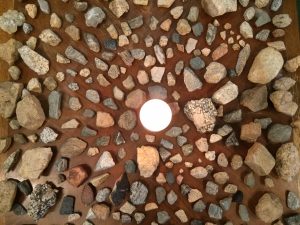 Jack Kornfield was one of the teachers at the CDL training retreat I attended. He said that as Community Dharma Leaders, we may be called upon to perform weddings, funerals, blessings, rites of passage, dedication ceremonies, baby blessings, and many other types of rituals to mark significant events in the lives of our sangha members. So he taught us the elements that make up these rituals and then we practiced a few of them.
Jack Kornfield was one of the teachers at the CDL training retreat I attended. He said that as Community Dharma Leaders, we may be called upon to perform weddings, funerals, blessings, rites of passage, dedication ceremonies, baby blessings, and many other types of rituals to mark significant events in the lives of our sangha members. So he taught us the elements that make up these rituals and then we practiced a few of them.
The most moving was the most simple: a grief ritual, in which we each went out into the desert to collect a stone for someone we wanted to honor — someone who had died or who had suffered a great loss — and then we brought the stone back into the hall, where we each knelt and placed it on a small table, in the middle of which Jack had lit a candle. (See photo above)
No official words were spoken. We simply sat together in a sacred silence.
In honor of which I offer:
In a Room with Five People, Six Griefs
by Jane Hirshfield
In a room with five people, six griefs.
Some you will hear of, some not.
Let the room hold them, their fears, their anger.
Let there be walls and windows, a ceiling.
A door through which time
changer of everything
can enter.
Yes! And Yes!
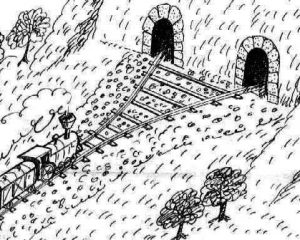 At the Community Dharma Leader (CDL) training retreat I just attended, we spent a lot of time working with–and trying to find our own words for–Nagarjuna’s teaching on the Two Truths, as expressed in a collection of poems titled, Verses from the Center.
At the Community Dharma Leader (CDL) training retreat I just attended, we spent a lot of time working with–and trying to find our own words for–Nagarjuna’s teaching on the Two Truths, as expressed in a collection of poems titled, Verses from the Center.
Here’s an excerpt from Jay Garfield’s translation:
The Buddha’s teaching of the Dharma
Is based on two truths:
A truth of worldly convention
And an ultimate truth.
Those who do not understand
The distinction between these two truths
Do not understand
The Buddha’s profound teaching.
Without a foundation in the conventional truth
The significance of the ultimate cannot be taught.
Without understanding the significance of the ultimate,
Liberation is not achieved.
Here’s my take:
Things are as they are.
But there are 2 “are”s.
Is light a wave
Or a particle?
Yes!
Is the world real
Or a dream?
Yes!
Is it “me” who writes this
Or is it “not me”?
Yes!
How do I know that the answer is
Yes?
I see the
Light;
I know the
World.
And when I write,
It’s “me” who knows that
It’s “not me” who says
Yes!
Change Is Hard
Not easily, I might add. And not without confrontation, frustration, personal hurt…and even organizational trauma! I was on a conference call last night intended to address these issues with some of the leadership at Spirit Rock and IMS; a large number of fellow Community Dharma Leaders-in-Training (one of whom appears in the photo above!); and the Core Faculty of the next Teacher Training Program, some of whom appear above and all of whom recently resigned over issues of institutional power/privilege and, yes, racism! But that’s for another post.
For now, let’s just take a moment to smile as we look at what truly is The New Face of Buddhism. The photo above is the new, fold-out cover of Shambala Sun magazine, now re-named: Lion’s Roar.
We’ve come a long way, Baby.
But oh how far we have to go.
After the Spell was Broken
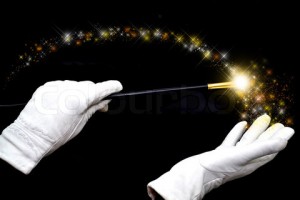 Last month’s homework for the CDL (Community Dharma Leader) program I’m in was to “write a vignette from your own life that expresses an aspect of…and hopefully, an insight into…one or more of the Four Noble Truths.” Here’s what I wrote:
Last month’s homework for the CDL (Community Dharma Leader) program I’m in was to “write a vignette from your own life that expresses an aspect of…and hopefully, an insight into…one or more of the Four Noble Truths.” Here’s what I wrote:
Once upon a time (when I was in my late 20s), I fell in love with a man who was creative and passionate and sensitive and successful….who took me on fabulous trips and gave me beautiful gifts he made by hand…who loved art and music…and could cook!…but who also, it turns out, had….“issues.” At the time, I didn’t fully understand the situation. I just thought he was afraid of making a commitment.
Commitment, however, was something I very much wanted – so naturally, there was a lot of suffering. I was not practicing meditation at the time. I didn’t know what meditation was and I hadn’t heard of the Dharma. I like to think now that if I had been practicing, I would have seen what was going on and would have gotten “off the wheel” of that particular suffering right away. But I didn’t. And the situation went on – with LOTS of suffering – for 13 years.
If anyone had asked me back then if I understood suffering (First Noble Truth: There is suffering. It is to be understood.), I would have said “YES, of course, I am suffering!!!”
But I didn’t really understand the suffering. The situation was so painful and I was so unable to let myself fully FEEL the pain, that I couldn’t see that I was suffering NOT because I couldn’t get him to make a full-hearted commitment to me, but because I was clinging to a fantasy….to the belief that at some time in the future the relationship WOULD BE happy, satisfying and healthy. (The Second Noble Truth: The cause of suffering is clinging. It is to be let go of.) But I couldn’t let go of my belief in the fantasy relationship because I wouldn’t let myself see – and experience – the relationship I was actually in.
So it went on….(and off and on and off and on)….for 13 years. Until one day, completely by accident, I stumbled upon the fact that several years prior, he had purchased a house (quite a large, palatial house) and had moved there – along with another woman. I was stunned. (Hurt. Angry. Furious. Etc. Etc.)
But it was such a shock that somehow my normal, quite-well-developed habit of denial didn’t get the chance kick in and hide what I was actually experiencing. So I really SAW the relationship I was in….and immediately the fantasy disappeared. I didn’t have to “let go” of it – it was just GONE. And in that moment, even with all the shock and shame and anger and sadness….there was peace. I had not expected it, but it was there. I had seen clearly; the spell was broken; there was peace. (Third Noble Truth: There is an end to suffering. It is to be experience.)
I still had to work through all the grief, pain, humiliation, rage, etc., but that was do-able. I wasn’t stuck any more. The process wasn’t quick. Or easy. But the knot was gone and all those painful, even devastating feelings could come….and go. I wasn’t stuck. I was free.


